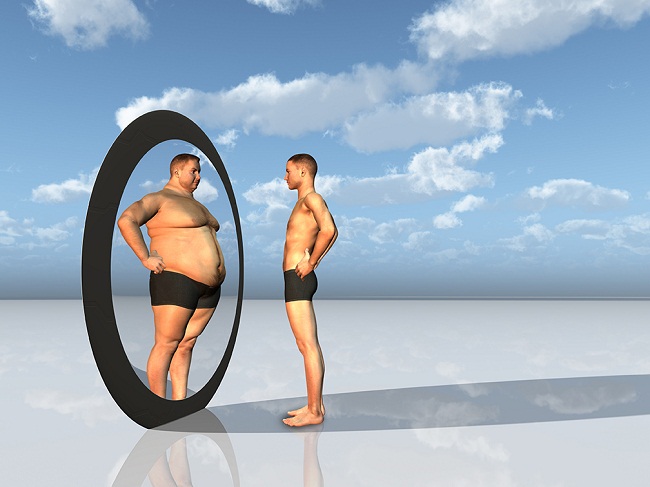6 Most Common Eating Disorders

Addiction happens when a person’s relationship with a substance goes out of control – for instance, when an individual is not able to control his intake of alcohol or drugs. Similarly, when someone’s relationship with food spirals out of control, it is called Eating Disorders.
Eating disorders manifest in many ways – eating too much or too little or struggling with the process of eating.
Eating disorders are physically and emotionally harmful. In some cases, they may even prove to be fatal.
6 Common Eating Disorders
The Diagnostic and Statistical Manual of Mental Disorders (DSM) lists 6 of the most of common of these:
- Binge eating is when a person indulges in heavy eating periodically, usually once a week. The person is not able to control the quantity and feels guilty or ashamed about his or her eating behaviour.
- Bulimia nervosais characterized by a cycle is of binge eating and purging. After an episode of overeating, the individual will feel remorse and feels insecure about gaining weight. Thereafter, the person will resort to forcing the food out of the system – either by inducing vomiting or consuming laxatives.
- Anorexia nervosa is marked by extreme food restriction. Similar to bulimia, anorexia affected persons feel very concerned about gaining weight. Even if they are thin, they have intense fear of becoming fat.
The DSM classifies two subtypes of anorexia:
- Restricting Type:Being more common of the two, this type of person will keep losing weight by eating less. They may workout to burn off whatever few calories they have consumed.
- Binge-eating/Purging Type:Individuals under this category will also restrict their diet. However, they may also indulge in periods of binge eating and purging.
- Avoidant/Restrictive Food Intake Disorder (ARFID) is a condition where the affected person is overly obsessed with weight. Such persons may not be getting their daily nutrition and thus suffer other medical complications.
- Pica is comparatively rare. In such cases, the person may like to eat non-food substances such as clay, soap, mud or paper. He or she may be drawn to these substances because they like the taste or flavour of these items.
- Rumination is a condition when the person vomits the food and then chew or swallow the food, or spits it out.
What causes eating disorders?
Most western cultures exalt thinness. The internet and other media are full of weight-loss blogs and programs, diet trends and the ‘beauty’ of zero-figures. Such overwhelming messaging induces the beliefs that being thin is desirable, while being ‘fat’ leads to being unattractive and feeling unworthy.
Ultimately, eating disorders is concerned with one’s self-worth.
People with eating disorders usually exhibit symptoms of anxiety, low self-esteem, and people-pleasing. Often, they seek perfection in all areas, not just their physical appearance. Some may be triggered by past trauma and are using food as a tool to regain a sense of control. There may also be a family history of unhealthy behaviours, including substance abuse.
Getting Help for Eating Disorders
There are therapists and clinical psychologists who can help in overcoming this condition. Several rehabs also provide competent support in dealing with eating disorders. In India, Hope Trust rehab located at Hyderabad, offers residential and outpatient treatment programs for addressing eating disorders. The integrated program includes CBT, psychiatric intervention, 12 Steps facilitation, family support and aftercare. The rehab has successfully helped clients from all over the world.
Remember, you don’t have to continue to suffer in silence. Reach out and get help – there’s no shame in needing or getting help!